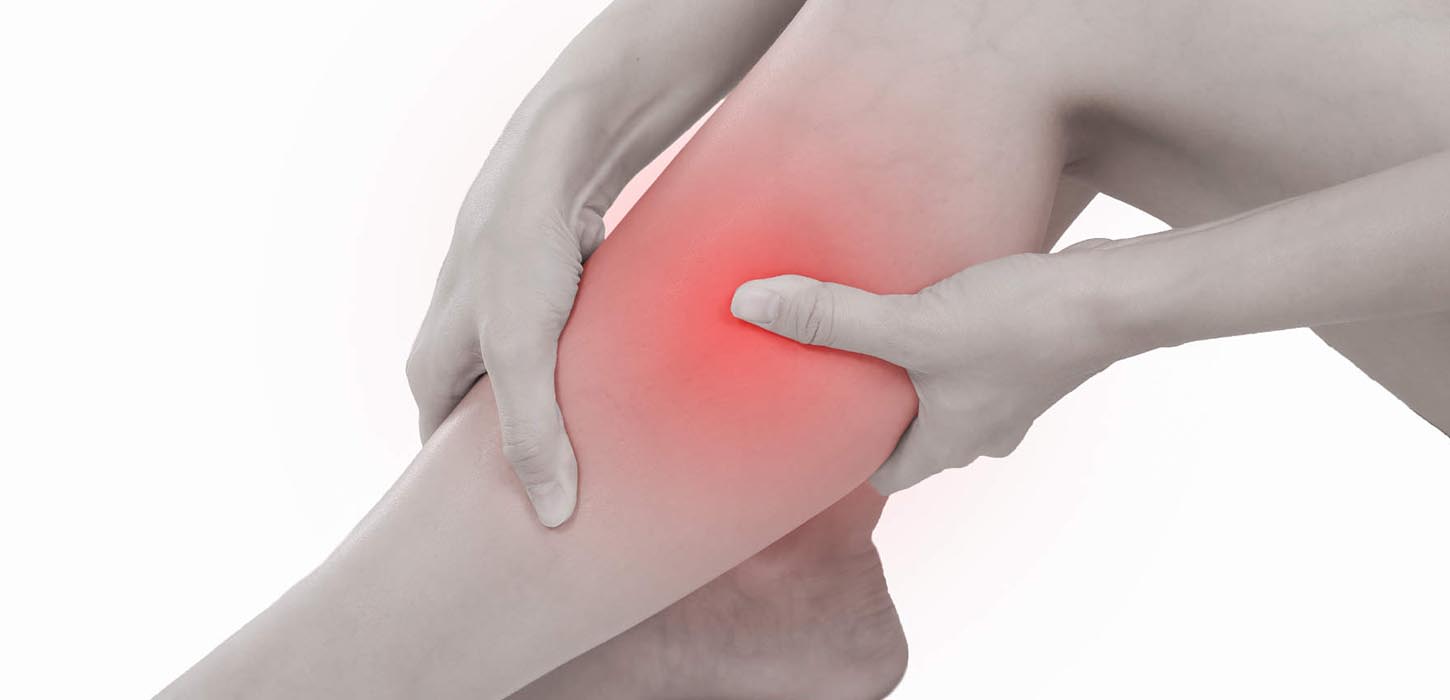Peripheral Artery Disease (PAD) happens when the blood vessels outside of your heart and brain starts to shrink. The narrowed arteries reduce the blood flow to your limbs. They are most often caused by atherosclerosis, the plaque building up on the walls of the arteries that supply blood to the arms and legs. The buildup of fatty deposits in the arteries makes them shrink or blocked. Plaque is a substance made up of fat and cholesterol. PAD is also known as peripheral arterial disease or peripheral vascular disease (which includes both arteries and veins).
A large network of blood and lymph vessels that moves blood and lymph throughout the body is called vascular or circulatory system. The vascular system controls the amount of fluid in the body and protects it from infection and disease. The dysfunction of Vascular System causes Peripheral Arterial Disease – (PAD). When you develop peripheral artery disease (PAD), It causes the arteries to shrink or become blocked. This reduces or stops blood flow, usually to the legs or the arms. If severe enough, blocked blood flow can cause tissue death and can sometimes lead to amputation of the foot or leg.
SYMPTOMS
- Painful cramps in one or both of your hips, thighs or calf muscles after certain activities, such as walking or climbing stairs
- Leg numbness or weak or absent pulses in the legs or feet
- Coldness in your lower leg or foot.
- Sores on your toes, feet or legs that heal slowly, poorly, or not at all
- A change in the color of your legs (A pale or bluish color)
- Hair loss or slower hair growth on your feet and legs
- Slower growth of your toenails
- Lower Temperature in the leg
- Erectile dysfunction in men, especially men with diabetes
- Pain when using your arms, such as aching and cramping when doing manual tasks
If peripheral artery disease is left untreated it matures, the pain may even occur when you’re at rest or when you’re lying down. It may be intense enough to disrupt sleep.
CAUSES
Peripheral artery disease – (PAD) is often caused by atherosclerosis. In atherosclerosis, fatty deposits build up on your artery walls and reduce blood flow. Although Atherosclerosis usually focus on the heart, the disease can and usually does affect arteries throughout your body. Less commonly, the cause of peripheral artery disease may be Inflammation of blood vessels, Injured limbs, unusual anatomy of your ligaments or muscles, or exposure to radiation.
Factors that increase your risk of developing peripheral artery disease include:
- Smoking
- Diabetes
- Obesity (a body mass index over 30)
- High blood pressure
- High cholesterol
- Increasing age, especially after age 65 or after 50 if you have risk factors for atherosclerosis
- A family history of peripheral artery disease, heart disease or stroke
- High levels of homocysteine, an amino acid that helps your body make protein and to build and maintain tissue
People who smoke or have diabetes have the greatest risk of developing peripheral artery disease due to reduced blood flow.
COMPLICATIONS
The complication PAD can cause are
- Critical limb ischemia.
- Stroke and heart attack.
Critical limb ischemia, this condition develops when the open sores or an injury, that does not heal and catches an infection. When the injuries or infections progress it cause tissue death, sometimes requiring amputation of the affected limb.
Stroke and heart attack. The atherosclerosis that causes the signs and symptoms of peripheral artery disease isn’t limited to your legs. Fat deposits also build up in arteries supplying blood to your heart and brain causing a stroke and heart attack. When the arteries would not be able to supply blood it will result in the death of the heart or brain.
PREVENTION
The best way to prevent claudication is to maintain a healthy lifestyle. That means:
- Quit smoking if you’re a smoker.
- If you have diabetes, keep your blood sugar in good control.
- Exercise regularly. Aim for 30 to 45 minutes of exercise several times a week after you’ve gotten your doctor’s OK.
- Lower your cholesterol and blood pressure levels, if needed.
- Eat foods that are low in saturated fat.
- Maintain a healthy weight.




